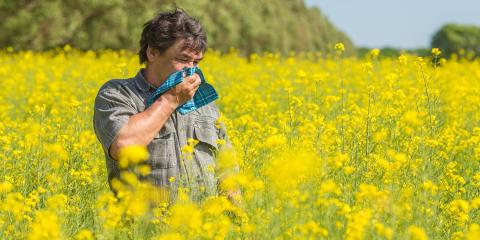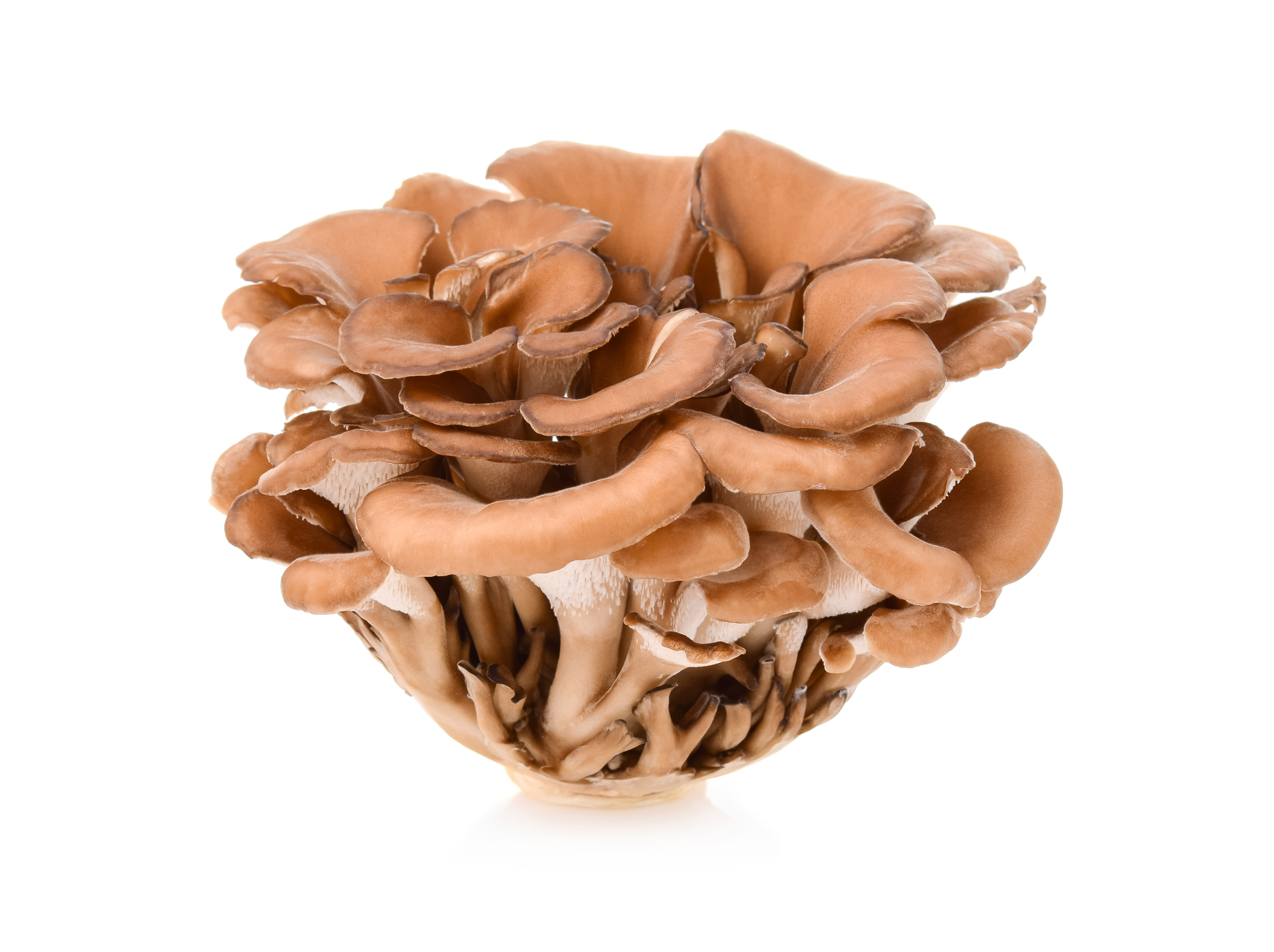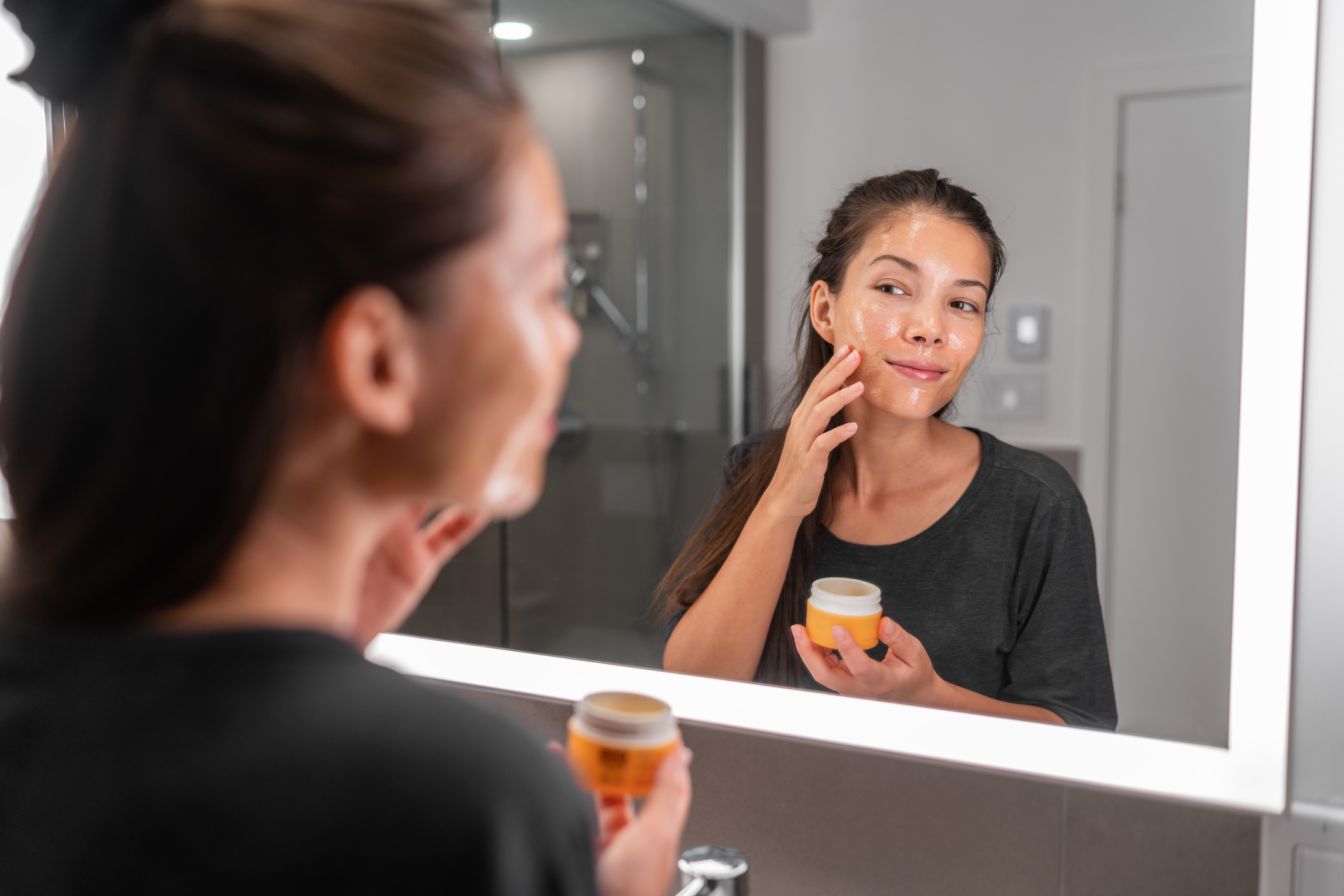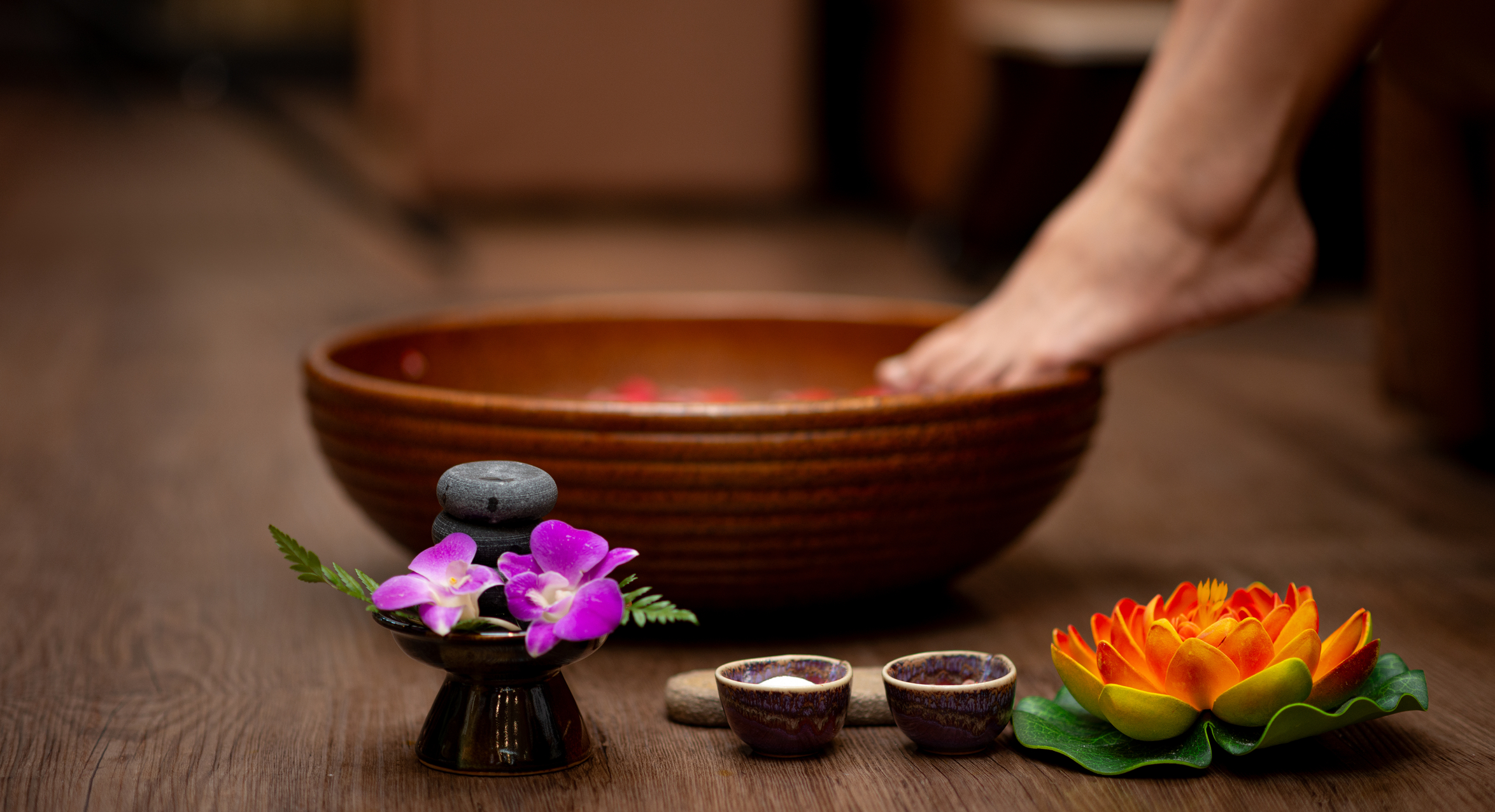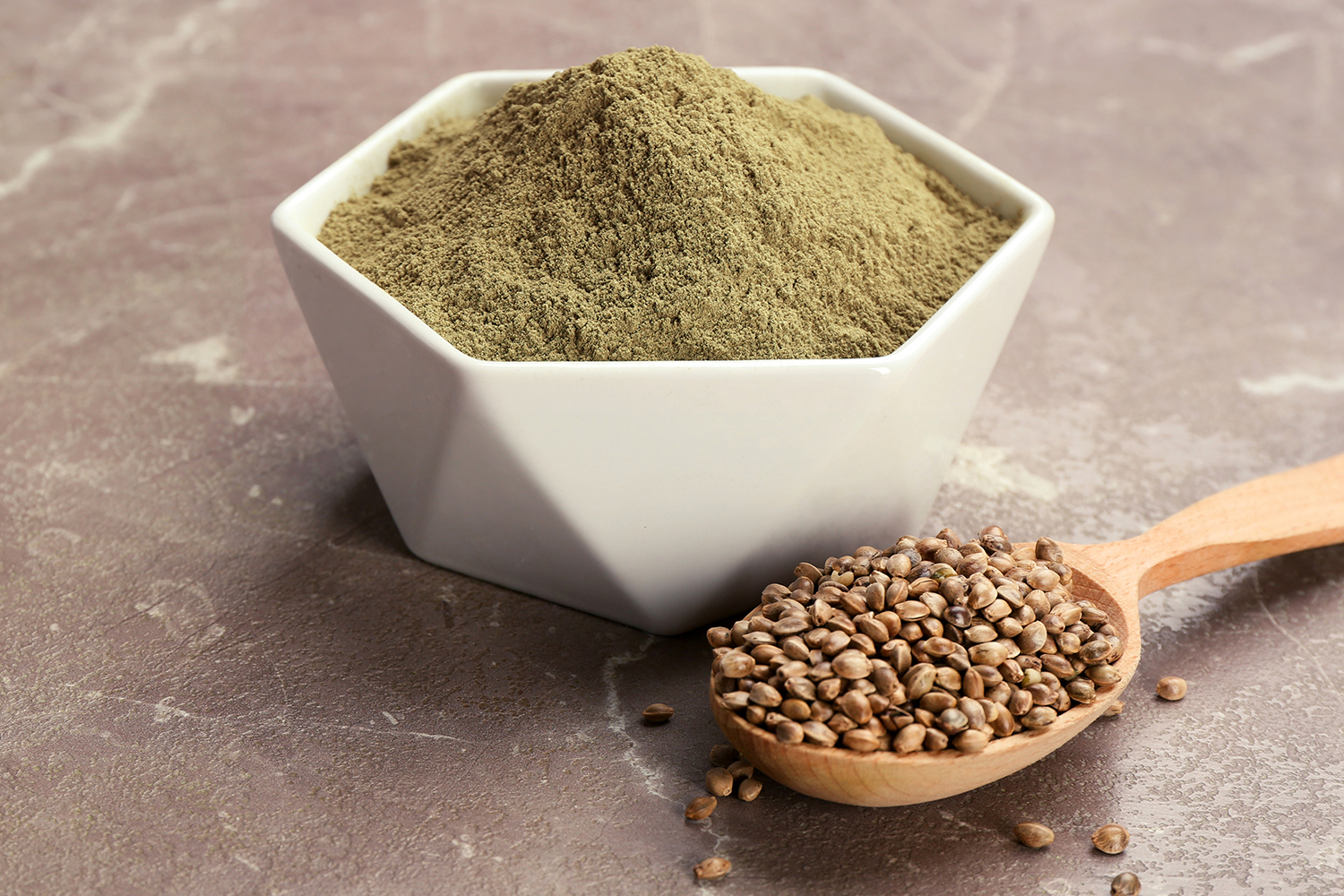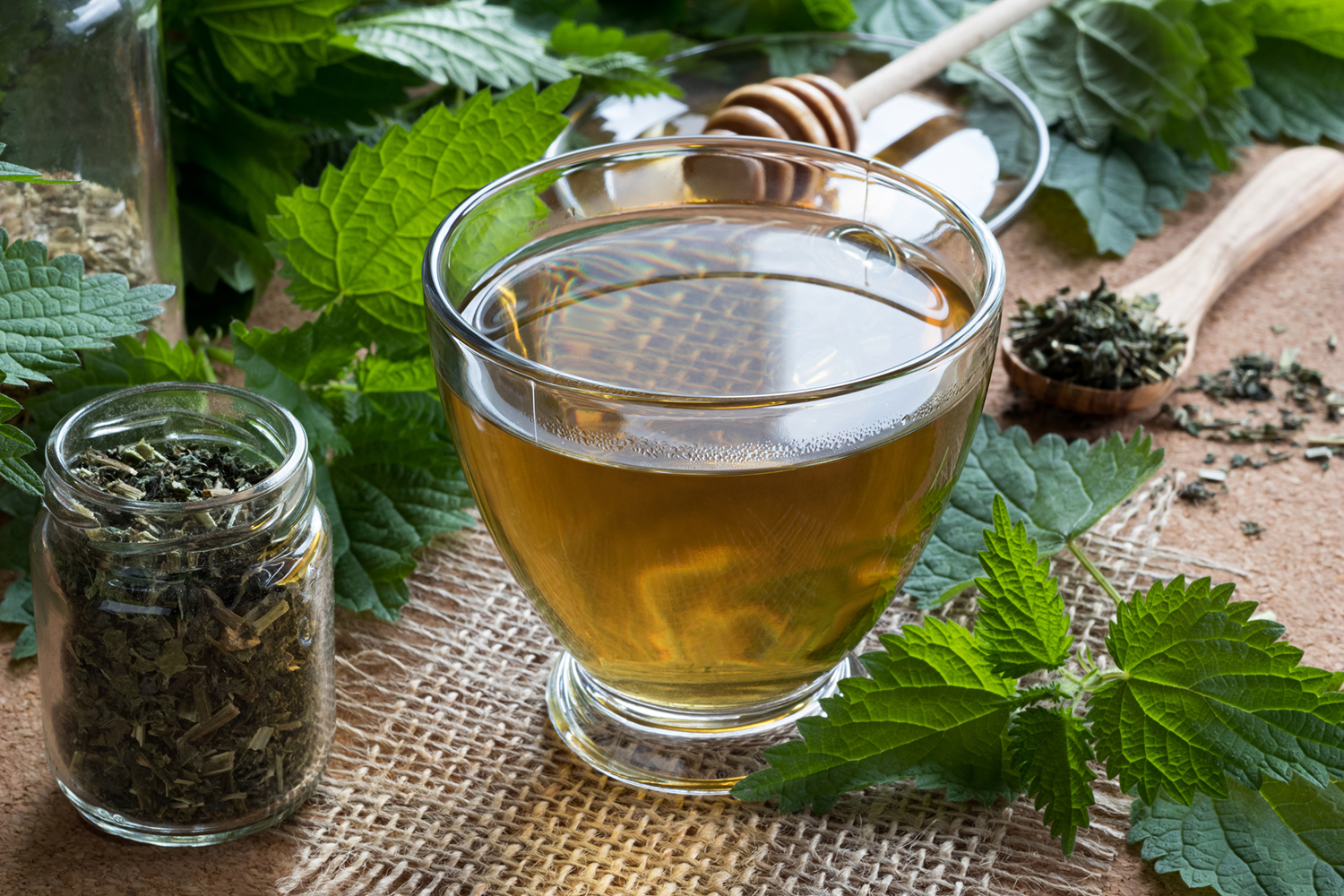Perimenopause is a natural process, but that doesn’t mean it’s always easy. It can bring uncomfortable changes, such as hot flashes, mood changes, and night sweats.
This phase, which can start anywhere from your mid-30s to your mid-40s and last from two to 10 years, is the body’s way of preparing for menopause—the point when menstruation permanently stops. While this transition is normal, the symptoms can feel anything but.
During perimenopause, estrogen levels fluctuate dramatically. When estrogen is high, you might feel like you have PMS all over again.
And when it’s low? That’s when hot flashes and night sweats strike. No two women experience perimenopause the same way. However, homeopathy can offer support and symptom relief.
What Is Homeopathy?
Homeopathy is a therapeutic method that has been used for over 200 years and follows the principle of “like cures like.” This means that the active ingredients—microdoses of plants, animals, and minerals—relieve the same symptoms they cause at full strength.
For example, drinking too much coffee can cause jitters, but a microdose of the coffee bean helps relieve nervousness.
Homeopathic medicines work with the body to relieve symptoms instead of masking them. They can be used alongside other medications, herbs, and supplements, and are a great first line of defense when taken at the first sign of symptoms.
Some of the most well-known homeopathic remedies that target perimenopause symptoms are
- Glonoinum eases sudden hot flashes and headaches.
- Sepia provides relief of bloating and lower back pain during menstruation.
- Cimicifuga racemosa reduces menstrual cramps improved by lying down.
- Murex purpurea relieves PMS with mood changes.
- Lachesis mutus relieves hot flashes associated with menopause.




